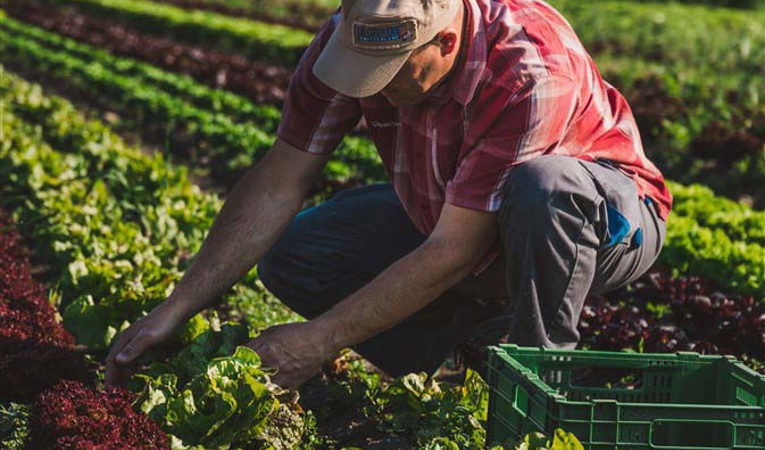- Projets de recherche : /fr/recherche-appliquee/instituts/isis/projets-de-recherche/
- Infrastructure : /fr/recherche-appliquee/instituts/isis/infrastructure/
- Equipe : /fr/recherche-appliquee/instituts/isis/equipe/
- Agenda : /fr/recherche-appliquee/instituts/isis/agenda/
- Actualité : /fr/recherche-appliquee/instituts/isis/actualite/
- Projets de recherche : /fr/recherche-appliquee/instituts/isis/projets-de-recherche/
- Infrastructure : /fr/recherche-appliquee/instituts/isis/infrastructure/
- Equipe : /fr/recherche-appliquee/instituts/isis/equipe/
- Agenda : /fr/recherche-appliquee/instituts/isis/agenda/
- Actualité : /fr/recherche-appliquee/instituts/isis/actualite/
NPR - SmartFarming

En bref
3. Systèmes embarqués et interactifs
Nouvelle Politique Régionale (NPR)
Blaise Guillod, Wolf Biogemüse, Gemüse Hämmerli, Swisscom, Andermatt Biocontrol Suisse, ecoRobotix, icube, GradeSens, Institut Agricole de Grangeneuve, Agroscope
Serge Ayer
Répertoire des compétences
janvier 2021 - décembre 2022
Optimisation des procédés de production agricole grâce aux données numériques issues de capteurs et de vidéos
La pression de la société pour développer une agriculture plus respectueuse de l'environnement devient de plus en plus forte. Malgré les efforts des agriculteurs pour atténuer leurs impacts, ces problèmes seront encore exacerbés par l'augmentation significative de la population mondiale et les changements dans les modes de vie.
A titre d’exemple, 70% de l'eau douce dans le monde est utilisée par l'agriculture, dont 85% qui sont utilisés pour l'irrigation sont gaspillés en raison de fuites et d'évapotranspiration, alors que de nombreuses régions sont déjà confrontées à des difficultés d'approvisionnement en eau. Il est donc nécessaire de développer des solutions technologiques pour la production agricole qui soient économiquement viables et adoptées par ses utilisateurs. Ainsi, des outils pour optimiser l'utilisation des ressources et améliorer la prise de décision dans le secteur agricole voient le jour. Cependant, bon nombre de ces solutions sont souvent trop complexes pour être utilisées efficacement et le retour sur investissement est encore difficile à établir.
Le projet collaboratif « Smart Farming » vise à développer des solutions technologiques adaptées à la production agricole et maraichère locale par :
- La collecte de données météo et la mise en œuvre de modèles de prédiction de maladies dans la production maraîchère, afin de déterminer et valider la fiabilité des modèles utilisés.
- La mise en place et l’amélioration de pièges numériques pour la détection d’insectes ravageurs grâce à l’optimisation de la capture d’image et par le développement de nouveaux algorithmes de détection.
- Le développement de systèmes d’acquisitions d’images de cultures afin d’optimiser, en combinaison avec les données environnementales, les modèles de détection de maladies et de permettre la détection de mauvaises herbes.
- L’utilisation d’une infrastructure de communication longue portée permettant l’acquisition des données sur un site de production et un transfert des données sur une infrastructure de cloud privé.